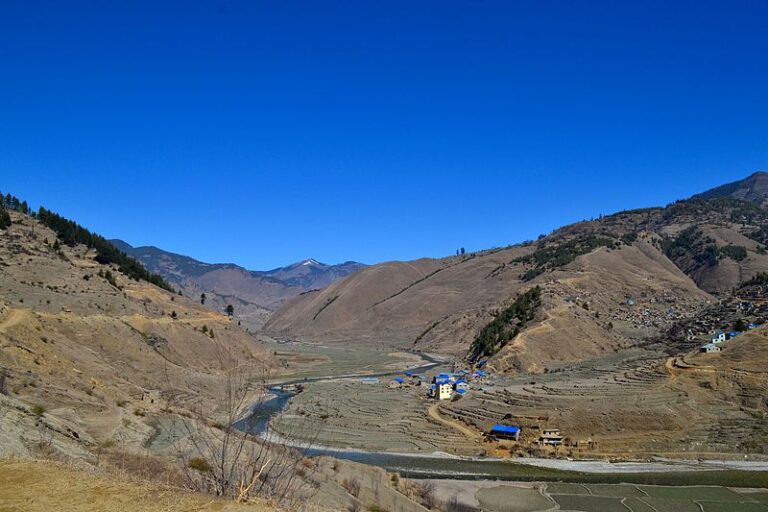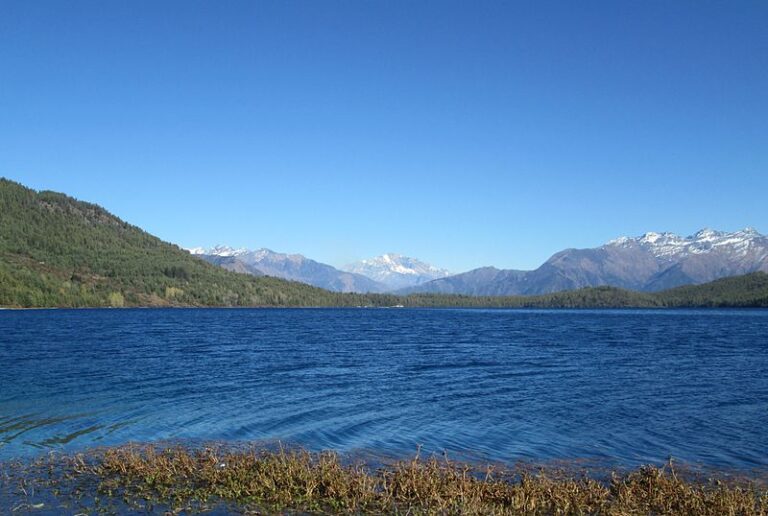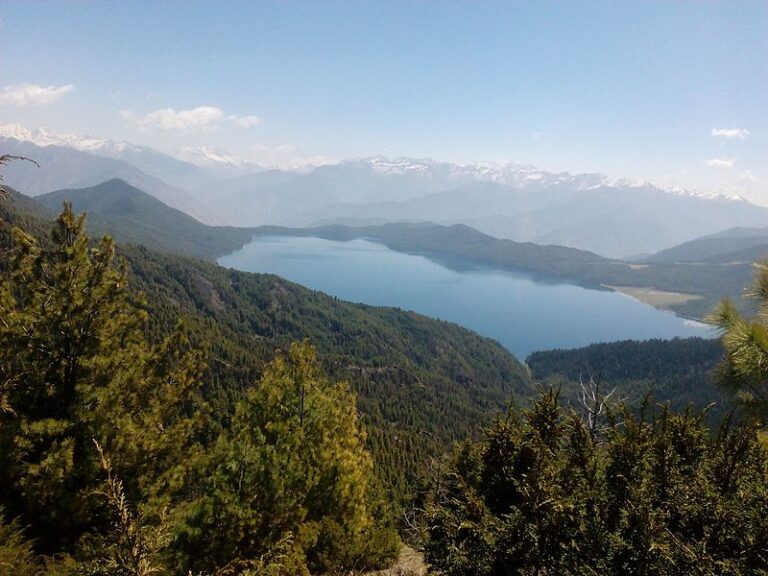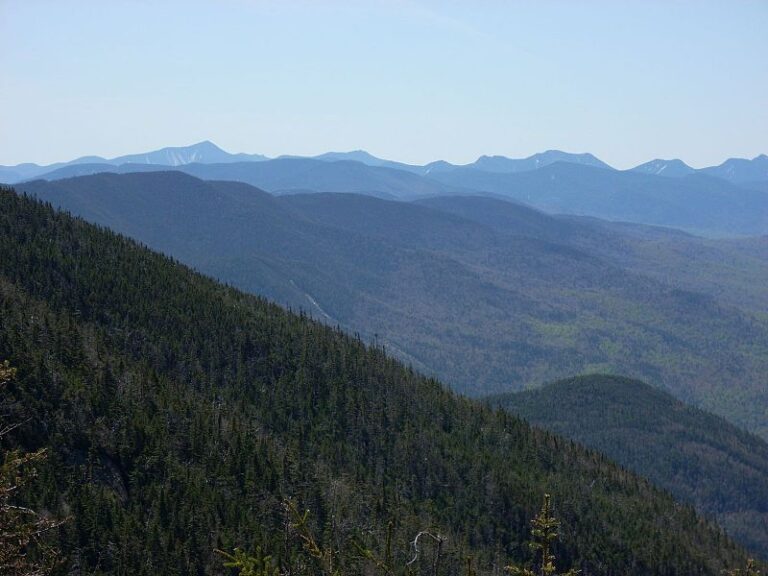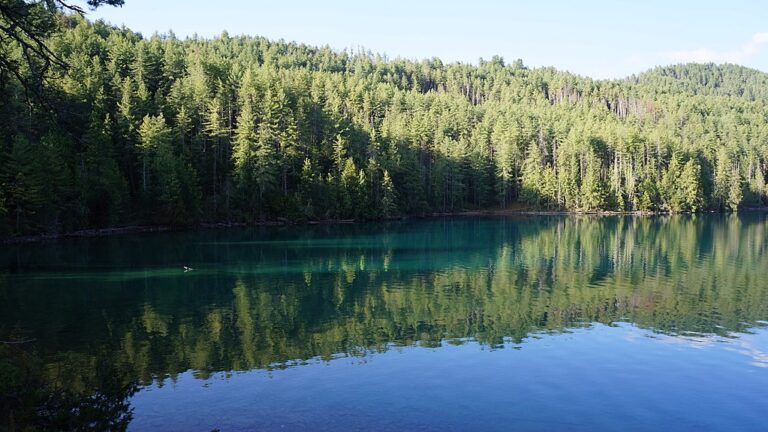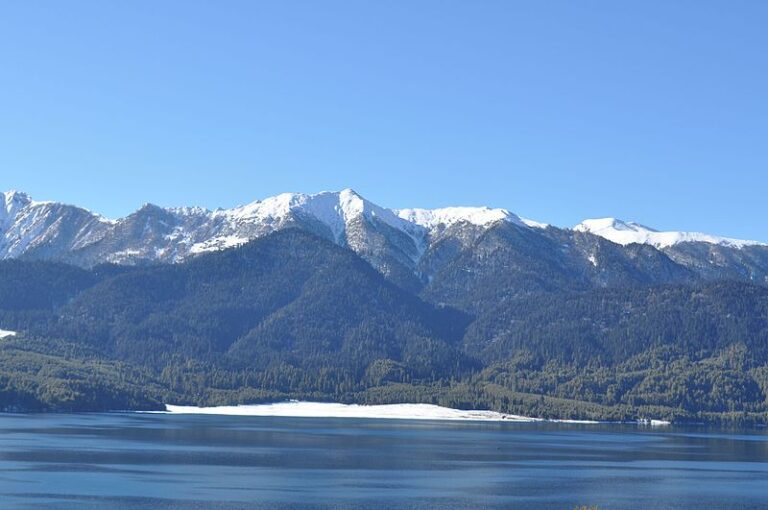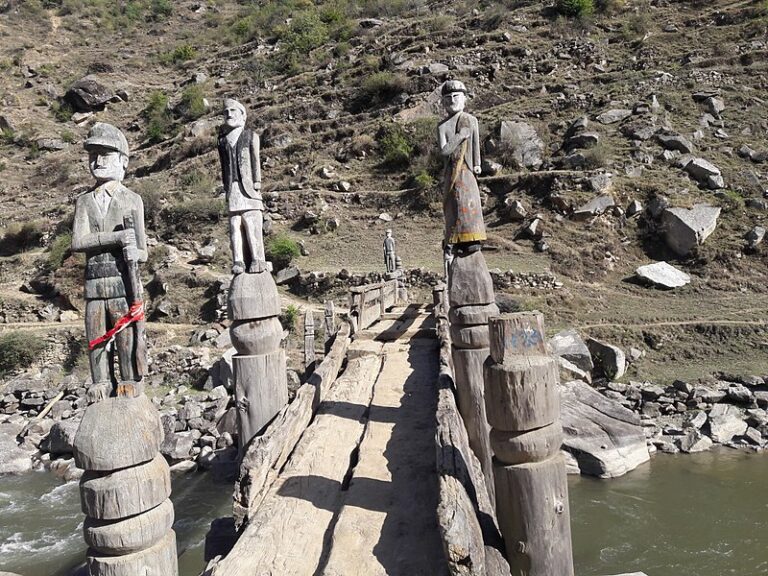Day 01 – You will be picking up from the Kathmandu International airport and transfer to Hotel. Short briefing by the guide about the trekking program, Itineraries and requirement equipment.
Day 02 – sightseeing around Kathmandu valley – we will explore some of the world heritage sites such as Pashupatinath temple, Baudhanath Stupa, Swayambhunath Stupa and as well as Kathmandu Durbar square where trekkers will have time to fascinating Buddhist and Hindu shrines. After explorations of those sites return back to hotel.
Day 03 – fly to Nepalgunj – Early in the morning, we will fly for 55 minutes to get Nepalgunj which is located in Terai region of Nepal. Nepalgunj has a diverse culture with people from different faiths living within mixed communities. Hinduism and Islam are two major religions in the city, with Hindus comprising the larger percentage of the population. The city also has followers of other religions like Buddhism, Sikhism and Christianity. People of different ethnicity are known to have traditionally lived together, without any significant conflicts.
Day 04 – Fly to Jumla and trek to Padmara (3017 meters.a.s.l) – we will fly to Jumla and start to walk towards Padmara. There are two trails leading north to Gumgarhi and Rara Lake. A trail leads directly form the north of the town. The other is more popular trek route that turns east of the town towards Dansanhu 2347 m at the confluence of Tila Nadi with Chaudbise Khola. We transverse northeast along the right side of the Chaudbise Khola through pine forests. Two hours further is Urthu 2520 m at the confluence of Chaudbise Khola and Ghurseni Khola. The bridge leads east to Chaudbise area. The trek now ascends steeply through the narrow gorge of the Ghurseni Khola, keeping all the time to its right slope. We will set up our tent and enjoy a joyful night at Padmara.
Day 05 – Trek to Bumra (2830 meters a.s.l)– the trail leads along the north side of Ghorosinga stream with charms view of green forest, landscapes and river valleys.We are entering really the isolated area and doing first pas of the trek called Khali Langa which is 3545 meters high. From the khali Langa pass we will walk down to to the right bank of the stream and short but often up and down hill trail bring us to Bumra which is our last destination of the day. The wooden bridge, meadows, river valleys and superb view Sinja valley would be the major attraction of the day.
Day 06 – Trek to Pina (2430 meters a.s.l) – Today, we will head to Pine doing by often up and downhill trail. Begins of the trek we will walk through the narrow valley,forested trail and have to cross several streams and couples of hours walk from Bumra the narrow valley open out into the pleasant meadow. Along the day we will have beautiful view of rocky hill, small waterfalls, green landscape and river valleys. Before to get Ghurchi Langna we have to climb up the narrow gully on the northeast slope and skirt north across a series of spurs to get Pina where we will set up our tent to spend a pleasant night.
Day 07 – Trek to Chapari (2990 meters a.s.l) – Chapari is just located nearby the Rara Lake where we will set up our tent. Trek from Pina to Chapari would be shorter than previous days because Rara Lake is only 8 kilometers far from Pine but still we may feel little bit hard to breath due to high elevation. The pleasant trail lead us to the western part that transverse a steep north- facing slope.After one and half hours up and downhill trail bring us to a small village called Jhari. From the Jhyari village we will ascend approximately 700 meters to get Rara Lake where we can sleep in guest house instead of tent.
Day 08 – Exploration of Rara Lake – Rara Lake is biggest and one of the beautiful Lake of Nepal, which is surrounded by the green pine and rhododendron forest so we may feel like moving around paradise. If the weather is really crystal clear then can be seen beautiful reflection of forest and Chhayanath Mountain at the surface of the Lake. There are some viewpoints to do sight trip if trekkers are interested to do sight walk. Sitting nearby the lake with hot drinks would be one of joyful moment of the trip and life.
Day 09 – Trek to Ghodasingha (3050 meters a.s.l)- we will head to Ghodasingha camp pass by Murma ridge, Khatyar khola camp Chuchamare ridge which are all beautiful viewpoints to see splendor of Chhayanath mountain, green forest and charm landscape. Most of the time we will walk through the forest doing by mostly uphill and short downhill trail until Chuchamare ridge. From Chuchamare ridge we will trek on fairly steep downhill trail to get Ghodasingha camp where we will set our tent to spend a joyful night.
Day 10 – Trek to Sinja village (2490 meters a.s.l) – Begins of the trek we will follow the Ghatte khola (Ghatte stream) until Laha village which is the confluence of Ghatte and Hima river. After Laha village we will follow the Hima River until Sinja village with the view of river valleys, lush forest, beautiful landscape.Due to walk through the forest, possibly to see some wild life as Monkeys, Deer, mussels and many species of birds and butterflies. Sinja village is inhabitant by the Bhramins and Chhetris; which are religiously Hindu so can be explore a beautiful Hindu shrine called Bhagawati temple.
Day 11 – Trek to Chere chaur (3055 meters a.s.l) – we have to climb up an approximately 500 meters to get Chalachaur but still it would be pleasant trek due to walk through the wilderness forest. Most of the time we will follow the Jaljala khola (Jaljala stream) doing by several up and downhill trail. Along the trail we will pass small villages called Dhobighat, Dhaulapani, Musedani, Garja and other neighboring villages so trek of the day would be joyful due to see local people’s activities and natural beauties.
Day 12 – Trek to Jumla (2540 meters a.s.l)- the trail lead us just bank of the Jugad stream pass by small villages called Ratmata, Ghughuti and Simhada to get Jumla Bazaar with the view of green forest, agricultural terraced and river valleys. In Jumla Bazaar we will sleep in guesthouse so the night would be cheerful to celebrate last night of the trek.
Day 13 – Fly from Jumla to Nepalgunj, Nepalgunj to Kathmandu and transfer to Hotel.
Day 14 – Final departure – After successful trip of Rara Lake trek, you will fly back to your home with great experience of Nepal and many tales about Nepal, Nepali mountain, Nepali culture and traditions that makes you a storyteller among your friends and colleagues.
